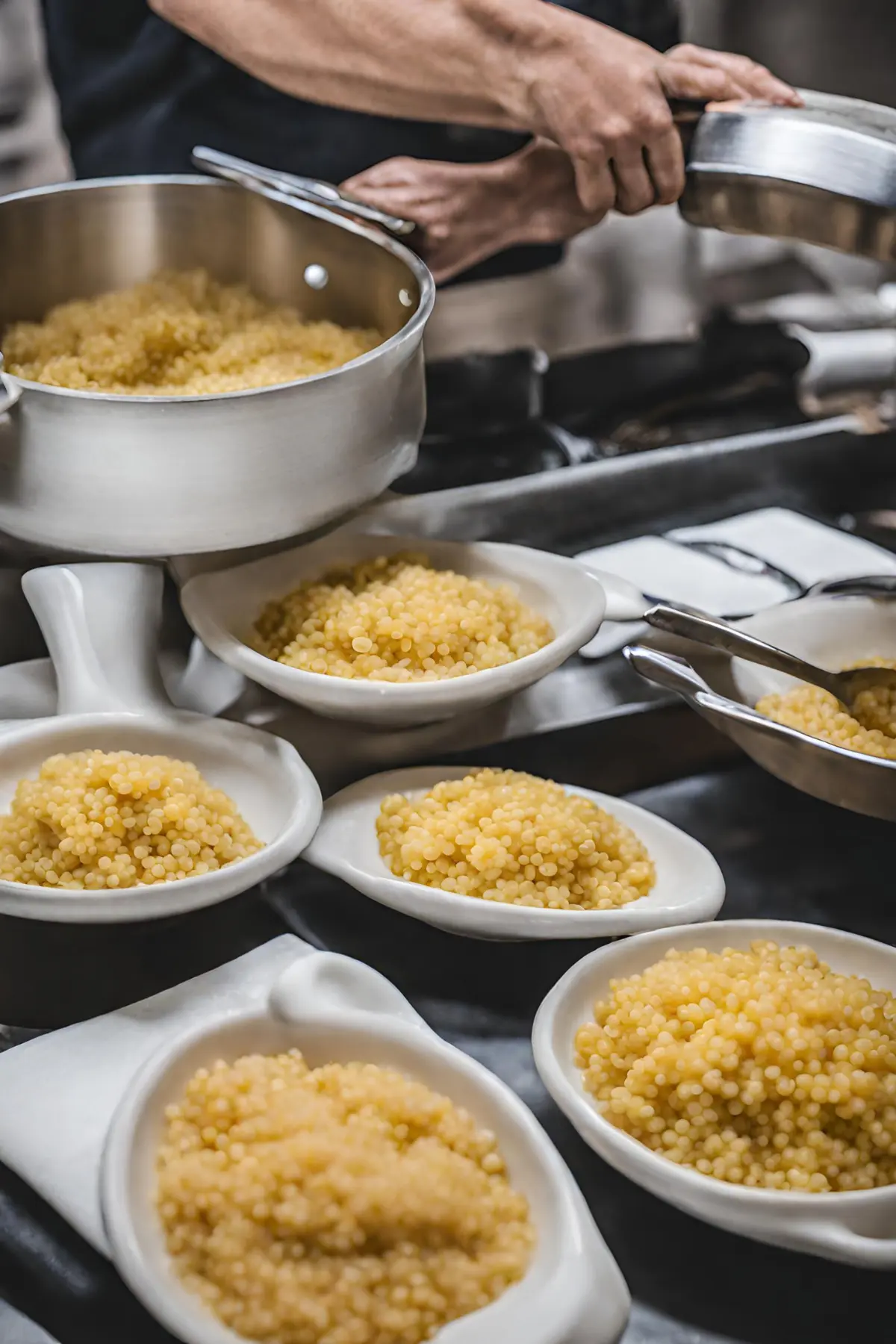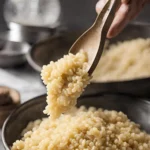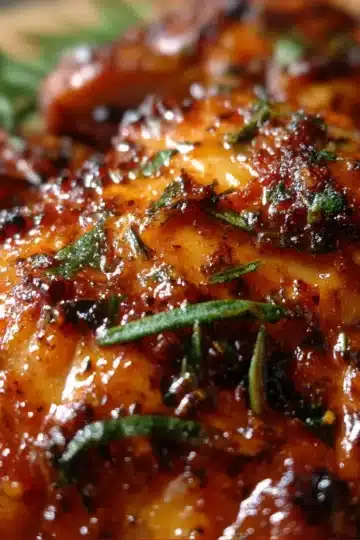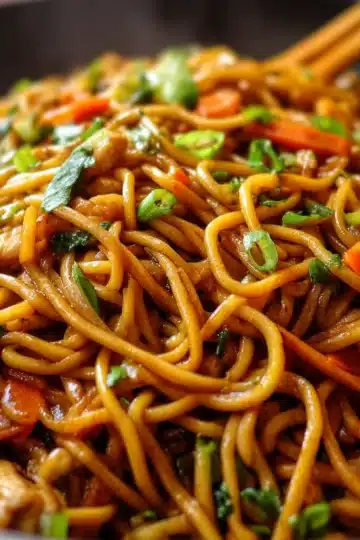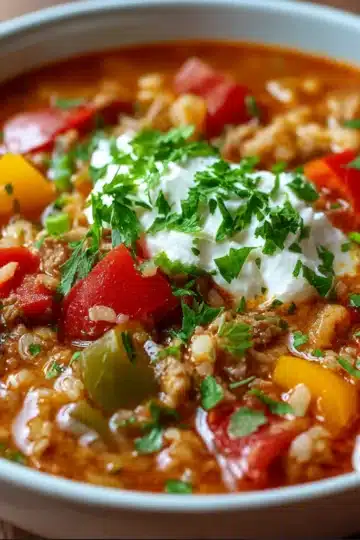The Ultimate Guide to Making Pastina: Italy's Comforting Classic
Pastina, a staple in Italian cuisine, evokes a sense of nostalgia and warmth with its simple yet soul-satisfying essence. This versatile dish, deeply rooted in tradition, has made its way into hearts beyond the Italian borders, adapting to various tastes and dietary preferences. Here, we delve into the essence of pastina, exploring its origins, basic recipes, variations, and nutritional benefits, all while providing practical tips to elevate your cooking experience.
The Historical Charm of Pastina
Pastina, meaning "little pasta," holds a cherished spot in the hearts of Italian families. Often the first solid food given to infants, its fine, star-shaped grains provide a soft introduction to the rich world of pasta. More than just a meal, pastina embodies the essence of comfort in each spoonful. Its simplicity and warmth make it a staple, transcending its culinary role to act as a bridge between generations. Pastina carries with it stories and memories, passed down from old to new, making it much more than just food—it's a symbol of family, tradition, and the comforting embrace of home cooking.
Crafting the Classic Pastina Dish
At its core, the pastina recipe is a testament to the beauty of simplicity. The basic ingredients include:
- Chicken or vegetable broth
- Dry pastina
- Unsalted butter
- A large egg
- Freshly grated Parmigiano-Reggiano cheese
- Sea salt and freshly ground black pepper
- Olive oil for drizzling
The preparation process is straightforward yet rewarding. Begin by boiling the broth, adding the pastina, and cooking until tender. Incorporate the butter, followed by the whisked egg, stirring swiftly to blend. Finish with a generous sprinkle of cheese, seasoning to taste, and a drizzle of olive oil. Each step unfolds layers of flavor, culminating in a dish that is both hearty and delicate. For a deeper understanding of Italian pasta and its complements, consider exploring The Spruce Eats, which offers insights into pairing pastina with various sauces.
Embracing Variations
The beauty of pastina lies in its remarkable adaptability, which welcomes an array of variations to suit every taste and dietary requirement. Whether you're seeking to add a touch of aroma with garlic butter or adapting the dish for a vegan diet with vegetable broth and cheese alternatives, the versatility of pastina ensures that it can be tailored to delight anyone's palate. Here are several creative ideas to inspire your culinary adventures:
- Garlic Butter Enhancement: Infusing your pastina with garlic butter adds a rich, aromatic depth that transforms the dish into a comforting delight. The warmth of garlic combined with the richness of butter creates a flavor that's both comforting and indulgent.
- A Zest of Lemon Juice: For a refreshing twist, a dash of lemon juice can brighten the flavors of your pastina. This simple addition cuts through the richness, adding a light, citrusy note that enhances the overall taste.
- A Sprinkle of Finely Chopped Parsley for Garnish: Garnishing your pastina with finely chopped parsley not only adds a splash of color but also introduces a fresh, herbaceous element. This final touch brings a subtle complexity and freshness to the dish, elevating it from simple to sublime.
These thoughtful additions are more than just ingredients; they're invitations to customize your pastina, making each serving a unique expression of comfort. For those curious about the benefits of the broths used as the base of pastina, Healthline offers insightful information on the nutritional advantages. Such knowledge is invaluable for those looking to enrich their pastina recipes not just with flavor but with healthful benefits as well. Whether you stick to tradition or venture into new culinary territories, pastina's simplicity and flexibility make it a canvas for creativity and personalization.
Nutritional Insights
Pastina, while simple, packs a nutritional punch. The choice of broth, whether chicken or vegetable, contributes to hydration and nourishment, offering vitamins and minerals essential for health. Incorporating Parmigiano-Reggiano, known for its protein and calcium, further elevates the dish's nutritional value. Adjusting the recipe to accommodate dietary restrictions or preferences is straightforward, ensuring everyone can enjoy this comforting meal.



